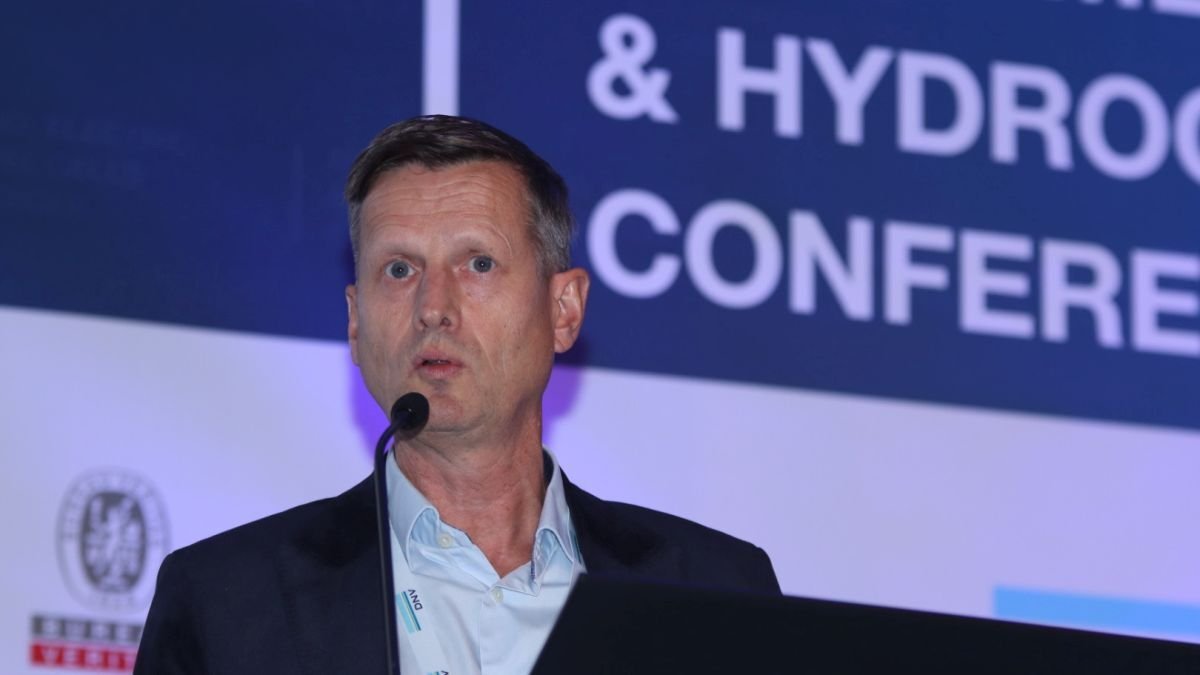How to Decarbonize the Tug Sector
“We have developed passive safety systems for our batteries” - Corvus Energy chief commercial officer Halvard Hauso (Source - Riviera Maritime Media)
Halvard Hauso (Corvus Energy) - Source: Riviera Maritime Media
State-of-the-art batteries will enable tugs to provide towage services with zero emissions in the future. Battery modules are becoming more advanced, with new chemistries for higher performance and better safety.
The largest energy storage systems are being installed on tugboats, enabling a bollard pull of up to 70 tonnes for short periods of ship towage. With a storage capacity of 6 MWh and fast charging, they enable a rapid turnaround and redeployment between towage jobs. A new generation of batteries will have even greater storage and power capacities, less weight and a smaller footprint on vessels. Digitalisation and monitoring will help to prevent issues becoming onboard incidents.
Corvus Energy chief commercial officer Halvard Hauso expects different battery chemistries and new designs to improve performance and safety. “We designed Dolphin NextGen to improve energy density in vessels,” he said during Riviera Maritime Media’s Maritime Hybrid, Electric & Hydrogen Fuel Cells Conference in Bergen, Norway, 17-19 October. Corvus already provides Blue Whale, Orca and a containerised battery system, and will introduce the Pelican hydrogen fuel cell unit in 2024.
“Batteries hold the key to reaching zero-emissions towage operations”
“With Dolphin NextGen, operators can get 8.2-MWh batteries on vessels with less weight than with an Orca,” said Mr Hauso. To provide the optimal energy storage solution, Corvus works with owners, designers, shipyards and system integrators to select the correct modules and technologies for the expected operating profiles.

